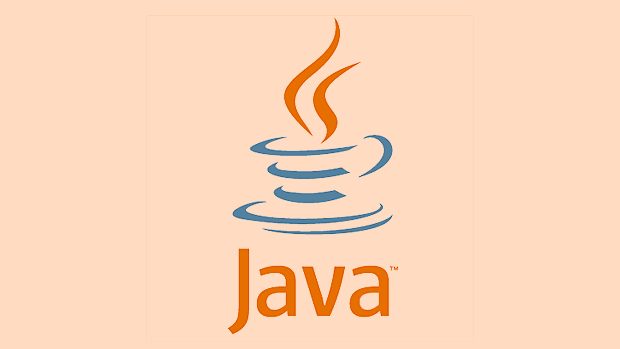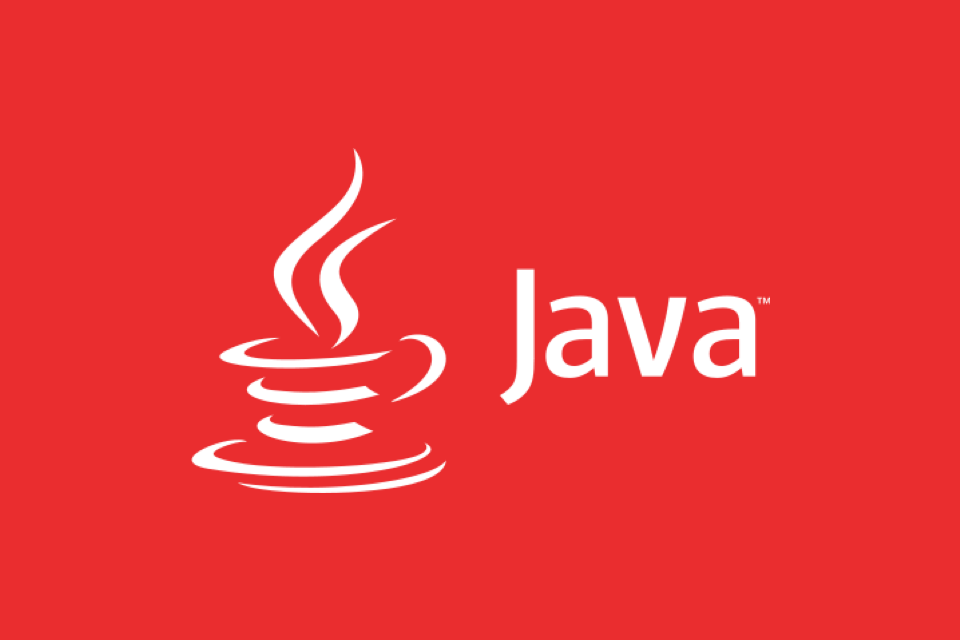Reactive Programming in Java with Project Loom and Virtual Threads
Jul 28, 2025 am 12:15 AMProject Loom reduces the need for reactive programming in many cases by making blocking operations cheap via virtual threads, enabling simple, synchronous-style code to scale efficiently. 2. Reactive programming remains relevant for backpressure handling, high-volume or infinite data streams, and complex asynchronous composition. 3. Virtual threads excel in I/O-bound, blocking scenarios with readable code, while reactive patterns are still preferred for fine-grained control, stream processing, and environments without Loom. 4. The two can coexist, with reactive pipelines running on virtual threads or using virtual thread-backed schedulers, combining simplicity and control. 5. The future of Java concurrency favors simple blocking code by default, using reactive approaches only when their advanced capabilities are required, meaning reactive libraries like Reactor or WebFlux are not obsolete but should be used judiciously.

Reactive programming in Java has traditionally relied on libraries like Project Reactor or RxJava to handle asynchronous, non-blocking operations—especially in high-concurrency scenarios such as web servers or event-driven systems. However, with the arrival of Project Loom and virtual threads in Java 21 , the landscape of concurrent programming is shifting dramatically. This raises an important question: How does Project Loom impact reactive programming in Java?

The short answer: Virtual threads reduce the need for reactive programming in many common use cases, but reactive patterns still have their place—especially when dealing with backpressure, complex data streams, or functional composition.
Let’s break this down.

1. What Problem Did Reactive Programming Solve?
Before Loom, handling thousands of concurrent requests with traditional blocking I/O (e.g., JDBC, Thread.sleep(), or blocking HTTP calls) was expensive. Each thread consumed significant memory (1MB stack by default), and the OS had limits on thread count.
So reactive frameworks like Reactor and WebFlux emerged:

- Use non-blocking I/O and event loops (like Node.js).
- Share a small number of threads across many tasks.
- Process data as streams with operators like
map,filter,flatMap. - Support backpressure—consumers can control the rate of data flow.
This model worked well but came with complexity:
- Steep learning curve.
- Harder debugging (stack traces get fragmented).
- Limited interoperability with blocking APIs.
2. How Project Loom Changes the Game
Project Loom introduces virtual threads—lightweight threads managed by the JVM, not the OS.
Key benefits:
- Millions of virtual threads can run efficiently.
- Each virtual thread uses far less memory (~hundreds of bytes).
- They’re designed to block cheaply. Yes, blocking is now okay.
Example:
ExecutorService executor = Executors.newVirtualThreadPerTaskExecutor();
IntStream.range(0, 10_000).forEach(i -> {
executor.submit(() -> {
Thread.sleep(Duration.ofSeconds(1));
System.out.println("Done: " i);
return null;
});
});This spawns 10,000 virtual threads that sleep (block) without killing your system. With platform threads, this would fail or crawl.
So now, instead of writing complex reactive chains to avoid blocking, you can write simple, synchronous-looking code that scales.
3. Does This Make Reactive Programming Obsolete?
Not entirely. Here’s where each approach shines:
? Use Virtual Threads When:
- You're doing I/O-bound work (e.g., HTTP calls, file operations).
- You want simple, readable code.
- You don’t need backpressure or stream processing.
- You’re integrating with blocking APIs (e.g., traditional JDBC).
void handleRequest() {
var user = db.loadUser(); // blocking
var config = service.getConfig(); // blocking HTTP
emailService.send(user, config);
}Run one of these per virtual thread—no need for Mono, Flux, or callback hell.
? Keep Reactive Programming When:
- You need backpressure (e.g., fast producer, slow consumer).
- You’re processing infinite or high-volume data streams.
- You want fine-grained control over scheduling and threading.
- You're in an environment where you can't use Loom (older Java versions).
- You rely on reactive ecosystems (e.g., Spring WebFlux, R2DBC).
Reactive still excels at composing asynchronous operations and managing resource usage under extreme load.
4. Can They Work Together?
Yes—and sometimes that’s the best approach.
You can run a reactive pipeline inside a virtual thread, or use virtual threads as the execution target for reactive tasks.
For example:
Mono.fromCallable(() -> veryExpensiveBlockingOperation())
.subscribeOn(reactor.core.scheduler.Schedulers.fromExecutor(
Executors.newVirtualThreadPerTaskExecutor()
));Now your reactive stream benefits from cheap blocking via virtual threads.
Or, use Project Reactor with virtual threads in Spring Boot 6 :
@Bean
public Scheduler virtualThreadScheduler() {
return Schedulers.fromExecutor(Executors.newVirtualThreadPerTaskExecutor());
}Then:
Mono.just("hello")
.publishOn(virtualThreadScheduler())
.map(this::blockingTransform)
.subscribe();This hybrid model gives you the best of both worlds: reactive stream control with Loom’s concurrency efficiency.
Bottom Line
- Project Loom doesn’t kill reactive programming—it redefines its role.
- For most conventional server applications, virtual threads make simple blocking code scalable, reducing the need for reactive complexity.
- Reactive programming remains valuable for advanced stream processing, backpressure, and integration with reactive systems.
- The future may be "reactive when needed, simple by default."
So, should you stop using Reactor or WebFlux? No—but reconsider if you’re using them just to avoid thread exhaustion. With Loom, that problem is largely solved.
Basically: write simple code first. Reach for reactive only when you need its unique powers.
The above is the detailed content of Reactive Programming in Java with Project Loom and Virtual Threads. For more information, please follow other related articles on the PHP Chinese website!

Hot AI Tools

Undress AI Tool
Undress images for free

Undresser.AI Undress
AI-powered app for creating realistic nude photos

AI Clothes Remover
Online AI tool for removing clothes from photos.

Clothoff.io
AI clothes remover

Video Face Swap
Swap faces in any video effortlessly with our completely free AI face swap tool!

Hot Article

Hot Tools

Notepad++7.3.1
Easy-to-use and free code editor

SublimeText3 Chinese version
Chinese version, very easy to use

Zend Studio 13.0.1
Powerful PHP integrated development environment

Dreamweaver CS6
Visual web development tools

SublimeText3 Mac version
God-level code editing software (SublimeText3)

Hot Topics
 go by example generics
Jul 29, 2025 am 04:10 AM
go by example generics
Jul 29, 2025 am 04:10 AM
Go generics are supported since 1.18 and are used to write generic code for type-safe. 1. The generic function PrintSlice[Tany](s[]T) can print slices of any type, such as []int or []string. 2. Through type constraint Number limits T to numeric types such as int and float, Sum[TNumber](slice[]T)T safe summation is realized. 3. The generic structure typeBox[Tany]struct{ValueT} can encapsulate any type value and be used with the NewBox[Tany](vT)*Box[T] constructor. 4. Add Set(vT) and Get()T methods to Box[T] without
 css table-layout fixed example
Jul 29, 2025 am 04:28 AM
css table-layout fixed example
Jul 29, 2025 am 04:28 AM
table-layout:fixed will force the table column width to be determined by the cell width of the first row to avoid the content affecting the layout. 1. Set table-layout:fixed and specify the table width; 2. Set the specific column width ratio for the first row th/td; 3. Use white-space:nowrap, overflow:hidden and text-overflow:ellipsis to control text overflow; 4. Applicable to background management, data reports and other scenarios that require stable layout and high-performance rendering, which can effectively prevent layout jitter and improve rendering efficiency.
 A Developer's Guide to Maven for Java Project Management
Jul 30, 2025 am 02:41 AM
A Developer's Guide to Maven for Java Project Management
Jul 30, 2025 am 02:41 AM
Maven is a standard tool for Java project management and construction. The answer lies in the fact that it uses pom.xml to standardize project structure, dependency management, construction lifecycle automation and plug-in extensions; 1. Use pom.xml to define groupId, artifactId, version and dependencies; 2. Master core commands such as mvnclean, compile, test, package, install and deploy; 3. Use dependencyManagement and exclusions to manage dependency versions and conflicts; 4. Organize large applications through multi-module project structure and are managed uniformly by the parent POM; 5.
 How to use Java MessageDigest for hashing (MD5, SHA-256)?
Jul 30, 2025 am 02:58 AM
How to use Java MessageDigest for hashing (MD5, SHA-256)?
Jul 30, 2025 am 02:58 AM
To generate hash values using Java, it can be implemented through the MessageDigest class. 1. Get an instance of the specified algorithm, such as MD5 or SHA-256; 2. Call the .update() method to pass in the data to be encrypted; 3. Call the .digest() method to obtain a hash byte array; 4. Convert the byte array into a hexadecimal string for reading; for inputs such as large files, read in chunks and call .update() multiple times; it is recommended to use SHA-256 instead of MD5 or SHA-1 to ensure security.
 Building RESTful APIs in Java with Jakarta EE
Jul 30, 2025 am 03:05 AM
Building RESTful APIs in Java with Jakarta EE
Jul 30, 2025 am 03:05 AM
SetupaMaven/GradleprojectwithJAX-RSdependencieslikeJersey;2.CreateaRESTresourceusingannotationssuchas@Pathand@GET;3.ConfiguretheapplicationviaApplicationsubclassorweb.xml;4.AddJacksonforJSONbindingbyincludingjersey-media-json-jackson;5.DeploytoaJakar
 css dark mode toggle example
Jul 30, 2025 am 05:28 AM
css dark mode toggle example
Jul 30, 2025 am 05:28 AM
First, use JavaScript to obtain the user system preferences and locally stored theme settings, and initialize the page theme; 1. The HTML structure contains a button to trigger topic switching; 2. CSS uses: root to define bright theme variables, .dark-mode class defines dark theme variables, and applies these variables through var(); 3. JavaScript detects prefers-color-scheme and reads localStorage to determine the initial theme; 4. Switch the dark-mode class on the html element when clicking the button, and saves the current state to localStorage; 5. All color changes are accompanied by 0.3 seconds transition animation to enhance the user
 Developing a Blockchain Application in Java
Jul 30, 2025 am 12:43 AM
Developing a Blockchain Application in Java
Jul 30, 2025 am 12:43 AM
Understand the core components of blockchain, including blocks, hashs, chain structures, consensus mechanisms and immutability; 2. Create a Block class that contains data, timestamps, previous hash and Nonce, and implement SHA-256 hash calculation and proof of work mining; 3. Build a Blockchain class to manage block lists, initialize the Genesis block, add new blocks and verify the integrity of the chain; 4. Write the main test blockchain, add transaction data blocks in turn and output chain status; 5. Optional enhancement functions include transaction support, P2P network, digital signature, RESTAPI and data persistence; 6. You can use Java blockchain libraries such as HyperledgerFabric, Web3J or Corda for production-level opening
 How to convert an Array to a List in Java?
Jul 30, 2025 am 01:54 AM
How to convert an Array to a List in Java?
Jul 30, 2025 am 01:54 AM
Converting an array into a list in Java requires selecting methods based on the data type and requirements. ① Use Arrays.asList() to quickly convert an object array (such as String[]) into a fixed-size List, but elements cannot be added or deleted; ② If you need a mutable list, you can encapsulate the result of Arrays.asList() through the ArrayList constructor; ③ For basic type arrays (such as int[]), you need to use StreamAPI conversion, such as Arrays.stream().boxed().collect(Collectors.toList()); ④ Notes include avoiding null arrays, distinguishing basic types from object types, and explicitly returning columns






